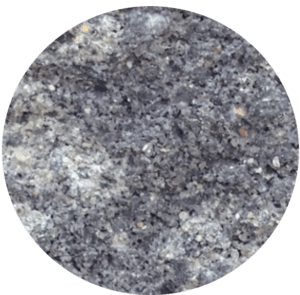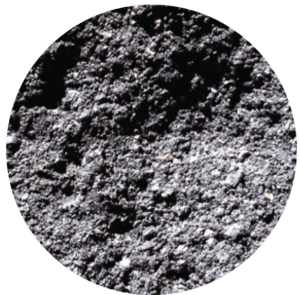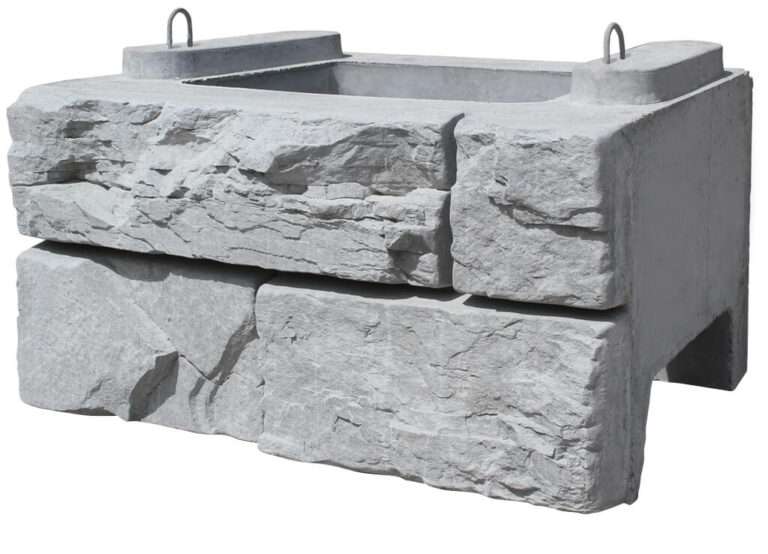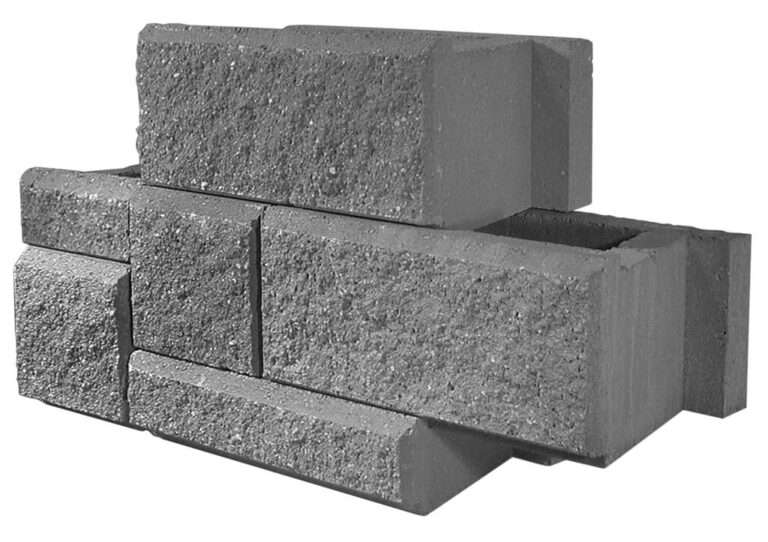Rocklok® Segmental Retaining Wall
The Rocklok system is known for its structural integrity and durability. It features a pin-block connection that is exceptionally robust, leading to superior wall performance. This connection mechanism ensures that the individual segments of the retaining wall interlock effectively, enhancing stability and load-bearing capacity.
One of the notable features of Rocklok® is its versatility in terms of reinforcement options. It can be mechanically connected with High-Density Polyethylene (HDPE) geogrids. The system has been tested in conjunction with steel ladders, especially in scenarios requiring inextensible reinforcement, such as bridge abutments. This demonstrates the system’s adaptability to diverse engineering requirements.
The positive connection established by the Rocklok® system offers added performance benefits, particularly in situations involving critical loads and seismic conditions. This is crucial for projects located in areas prone to earthquakes or other ground-related disturbances.

This product is not subject to a warning or ban under the Building Act 2004, or a description of any warning or ban that has been made in relation to the product.
Download a Brochure
Get inspired or learn more about what our products can do for you with our comprehensive list of brochures.
Technical Specifications
Download installation guides, spec books and product manuals.
CAD Details & Drawings
Download CAD details & technical design drawings for this product.
Specifications
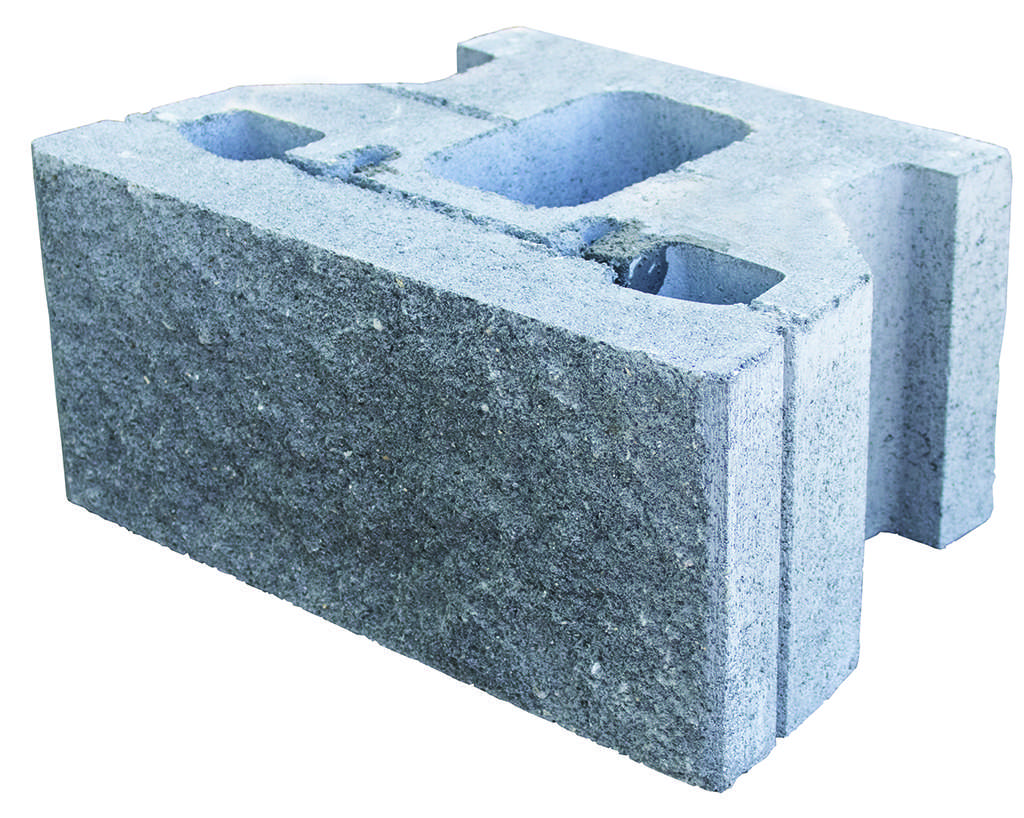
Rocklok® Flat
Dimensions
450mm L x 300mm D x 200mm HCoverage
11.1 block/m2Quantity
40 blocks/palletSetback
1° setback from verticalWeight
39.5 kg/block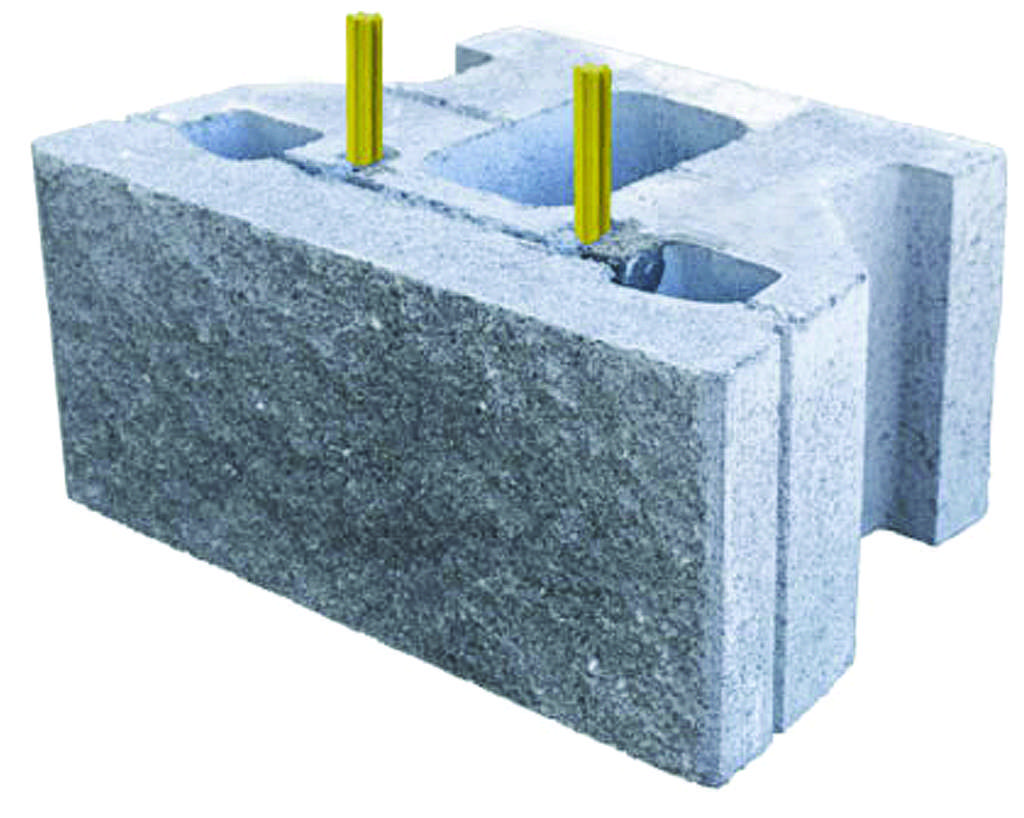
Rocklok® Trench
Dimensions
450mm L x 300mm D x 200mm HCoverage
11.1 block/m2Quantity
40 blocks/palletSetback
1° setback from verticalWeight
40.5 kg/block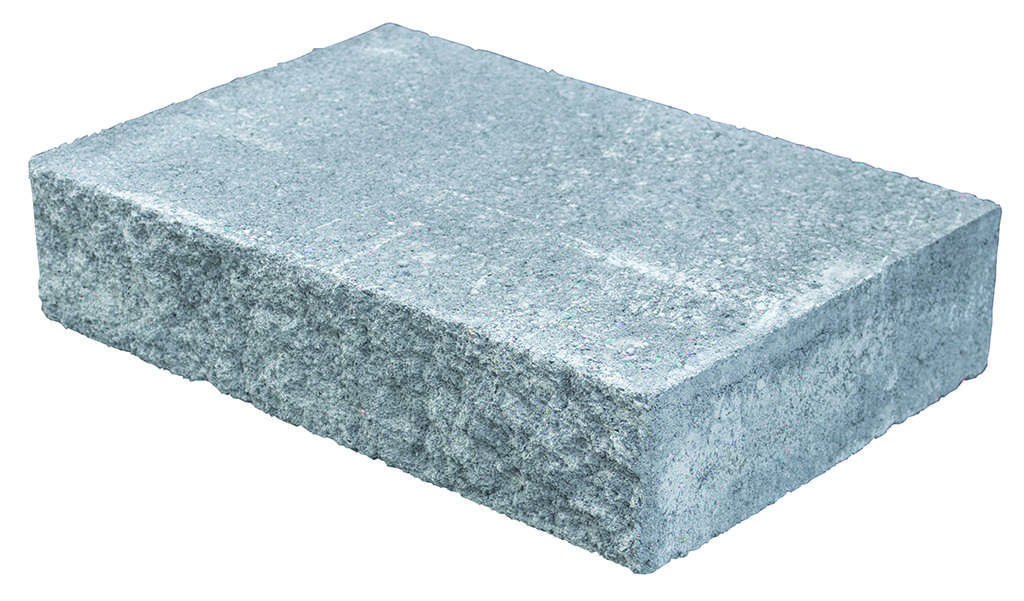
Rocklok Capstone
Dimensions
450mm L x 300mm D x 100mm HCoverage
2.2 block/lmQuantity
63 blocks/palletSetback
N/AWeight
27.5 kg/block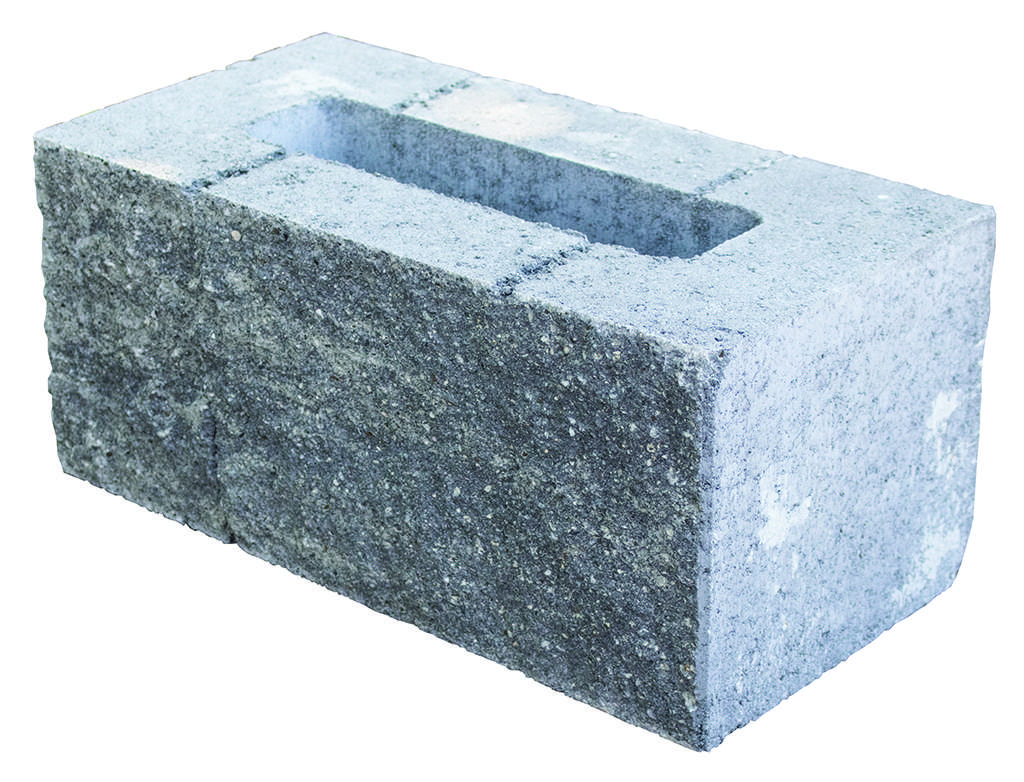
Rocklok End/Corner
Dimensions
400mm L 225mm D x 200mm HCoverage
N/AQuantity
40 blocks/palletSetback
N/AWeight
38 kg/block
Rocklok Fiberglass Pins*
Dimensions
135mm L x 16mm diameterCoverage
40 pins/boxQuantity
*Each Rocklok Flat block requires 2 Rocklok Fibreglass PinsSetback
Weight
Benefits of this system
- Exceptional seismic performance
- Superior strength and durability
- An attractive, smart & clean finish
- Positive geogrid connection available
- 100% New Zealand designed and manufactured
Services provided for this system
- Standard CAD details
- Technical advice and recommendations
- On-site support North Island wide
- Engineering Best practice presentations & more
- Technical recommendations
Bowers Retaining Wall Systems Range
Bowers are the trusted name in masonry… We manufacture all our retaining wall products in the Waikato and have generous stock levels to accommodate any retaining project Commercial or Residential. Our experience team are available to assist with wall designs, training and installation.
Frequently Asked Questions
What is the Rocklok® system setback?
The Rocklok® system batter angle approximately 1° from vertical, sloping towards the infill soil.
How many pins do I need?
Two Ø16mm fibreglass pins are required per Rocklok® unit, except those units that form the top course where the Rocklok® Capstone unit sits on.
Can I replace the Rocklok® fibreglass pins for other pins or equivalent products?
No. The pins and the Rocklok® ® blocks are part of a system and they must be used in combination. Pins are not interchangeable with similar products or components from other retaining systems. Cost, performance, and safety may be affected by the use of elements not certified by Bowers Brothers Concrete Limited.
What advantage do the Rocklok® pins have compared to the pins used in other systems?
The Rocklok® fibreglass pins have a bigger diameter than other common pins, which normally are 12 to 14 mm. The 16 mm diameter pins provide extra shear strength compared to smaller diameter pins.
What are the recommendations for the base levelling pad?
We recommend you have a minimum base levelling pad size of 600 mm width and 150 mm depth. We believe that either GAP 20 or GAP 40 are probably the best options.
How many Rocklok® units should be buried as embedment?
The SRW Best Practices recommend a minimum embedment of 150 mm. However, it is easier when constructing to use a minimum of 200 mm, which is the height of the Rocklok® units. This minimum embedment applies to retaining walls with a total wall height of 1.8 m without a slope in front of the wall.
What type of soils should be used inside the Rocklok® blocks and in the drainage column?
We suggest you place inside the Rocklok® open cavities, in the gaps between units, behind the units, and in the drainage column, a non-cohesive well-graded clean gravel such as drainage metal 25/7, 20/6. We suggest a minimum drainage column of 300 mm behind the Rocklok® units. However, taller walls or water applications might require a wider drainage column.
What kind of soils should be used in the infill zone/backfill area?
It is always preferable to use a well-graded non-cohesive granular material. Examples of ideal aggregates are GAP 20, GAP 40, and GAP 65, because they provide the necessary shear strength and interlocking. Those materials also contain fine particles that help compact the soil.
Other granular material such as sand may also be appropriate. Cohesive soils such as clays would require extra care and compaction. They tend to change with moisture and retain water, so they should be avoided when possible.
When do I start placing the geogrid reinforcement?
We recommend beginning placing the geogrid reinforcement on top of the first course (buried block) and continue every 400 mm high (two blocks) until the top of the wall.


